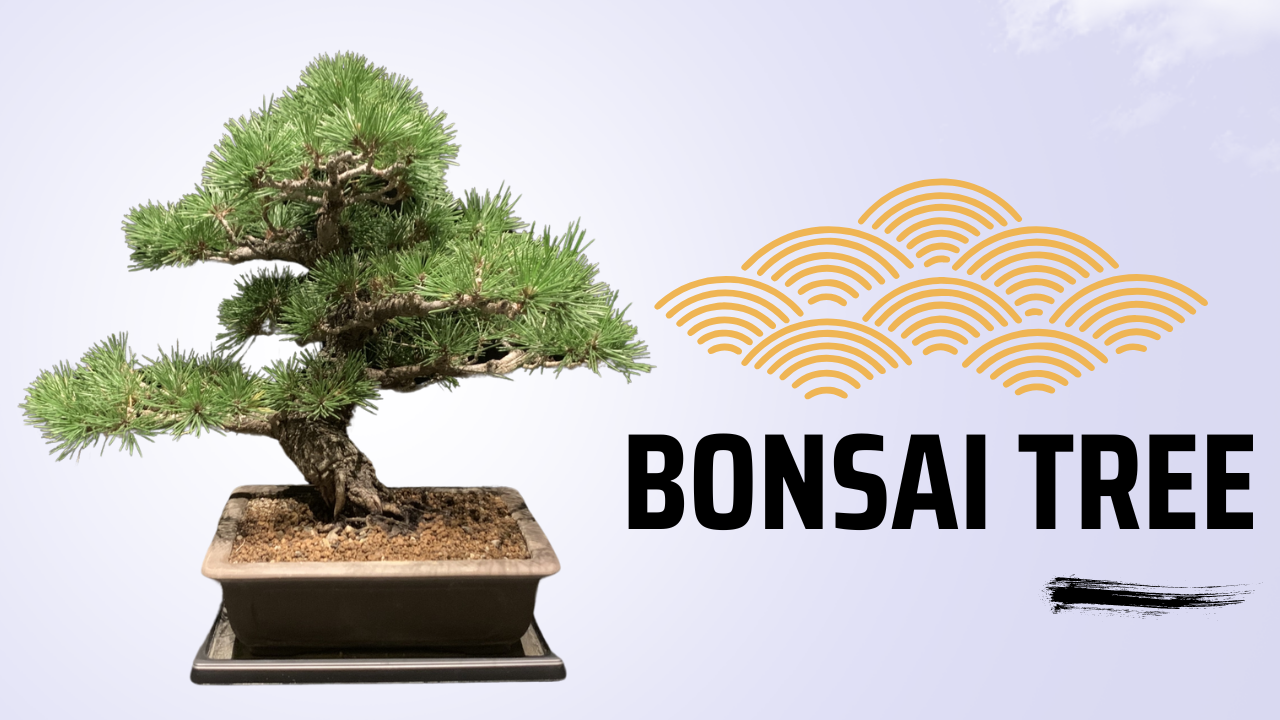Introduction
Bonsai is a traditional Japanese art of growing and shaping small trees in pots. It is more than just a plant—bonsai is a way to capture the beauty of nature in a small space. Each bonsai tree is carefully shaped and maintained for many years.
Bonsai has become popular worldwide, and many people admire its harmony, balance, and natural beauty.
Image (A beautifully maintained bonsai tree)
ALT: A traditional Japanese bonsai tree, carefully shaped and displayed.
The History and Meaning of Bonsai
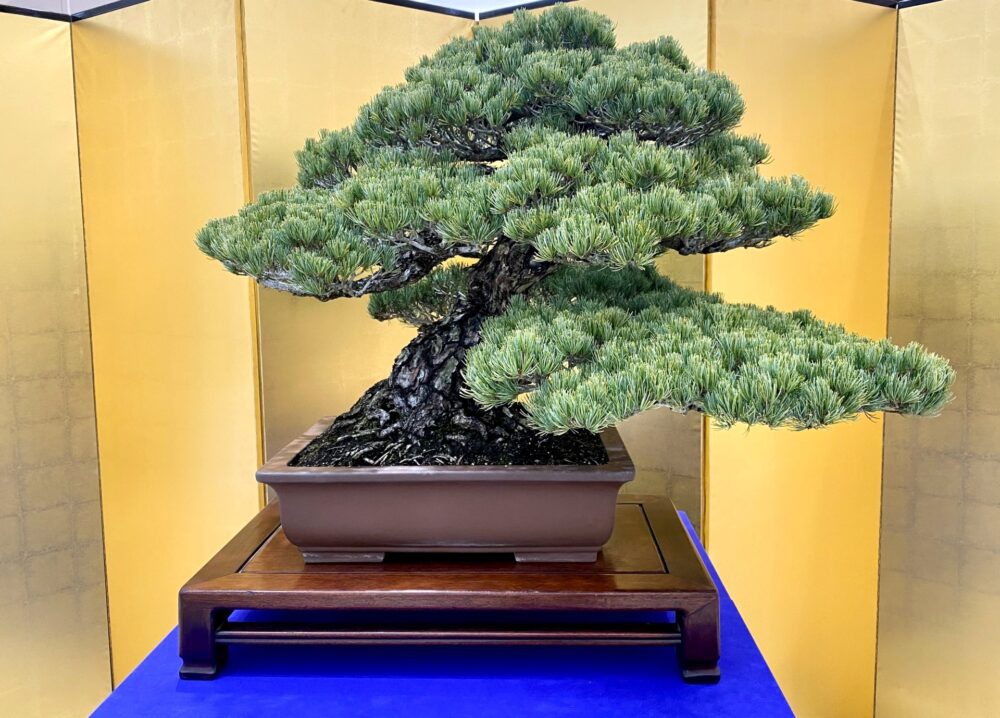
Bonsai comes from an old Chinese art called “Penjing”, where people created miniature landscapes in pots. This practice came to Japan around the 12th to 14th century and developed into its unique style.
In Japan, bonsai is not just for decoration. It is a symbol of patience, discipline, and a deep connection with nature. During the Edo period (17th–19th century), bonsai became popular among samurai and common people, turning it into an important part of Japanese culture.
Characteristics of Bonsai
1. Types of Bonsai Trees
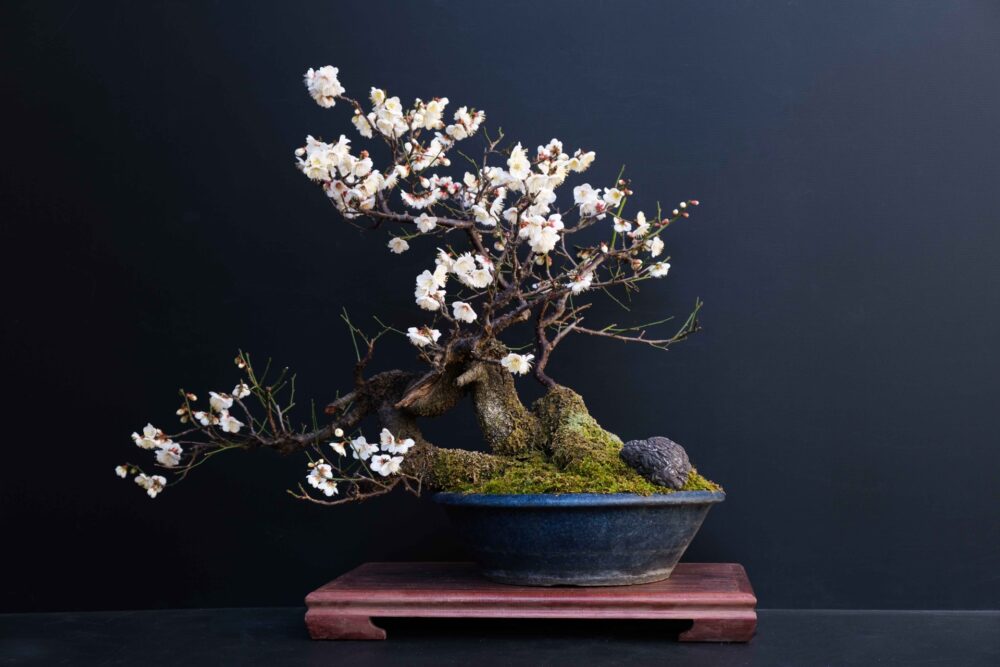
Different kinds of trees are used for bonsai. Some popular ones include:
- Pine (Matsu) – Symbol of strength and longevity.
- Maple (Kaede) – Famous for its beautiful seasonal colors.
- Cherry (Sakura) – Blooms with delicate pink flowers in spring.
- Plum (Ume) – A symbol of resilience, blooming in winter.
2. Bonsai Styles
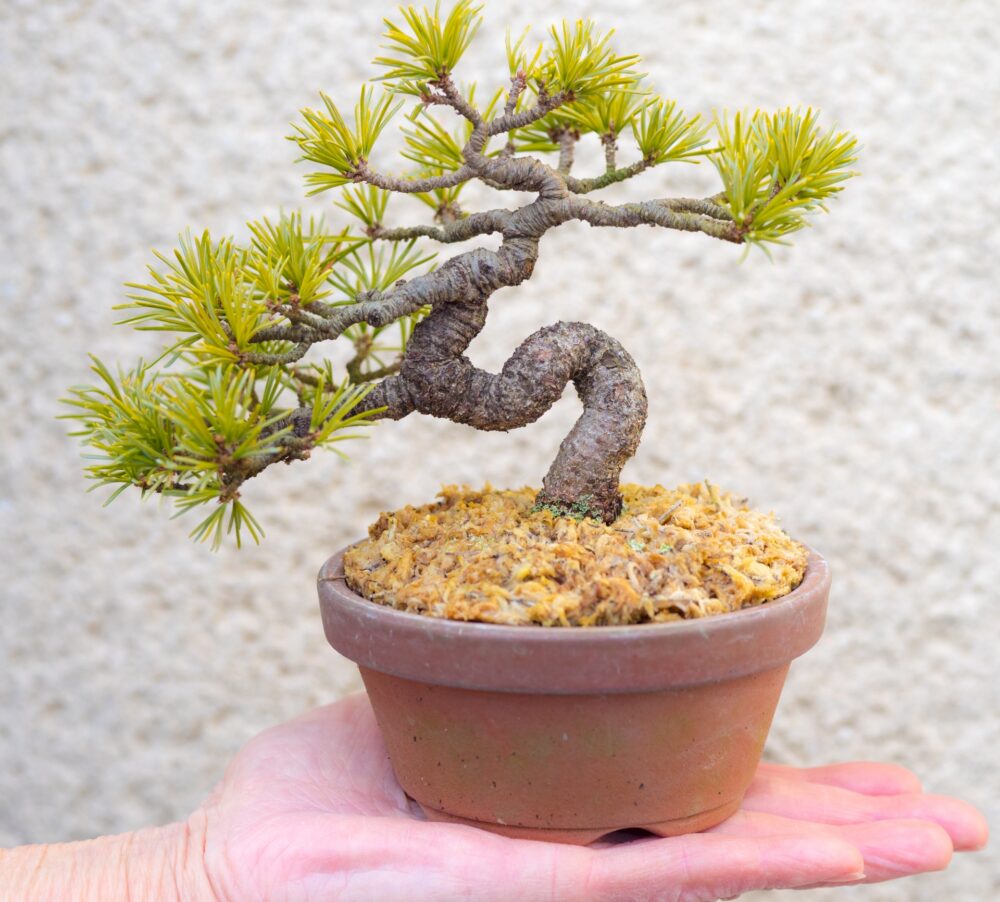
Bonsai trees are shaped in different styles, each inspired by nature:
- Chokkan (Formal Upright) – A straight and strong trunk.
- Shakan (Slanting) – The tree leans as if shaped by the wind.
- Kengai (Cascade) – The tree bends downward, like growing from a cliff.
- Bunjingi (Literati) – A thin, elegant tree with minimal branches.
3. Caring for Bonsai
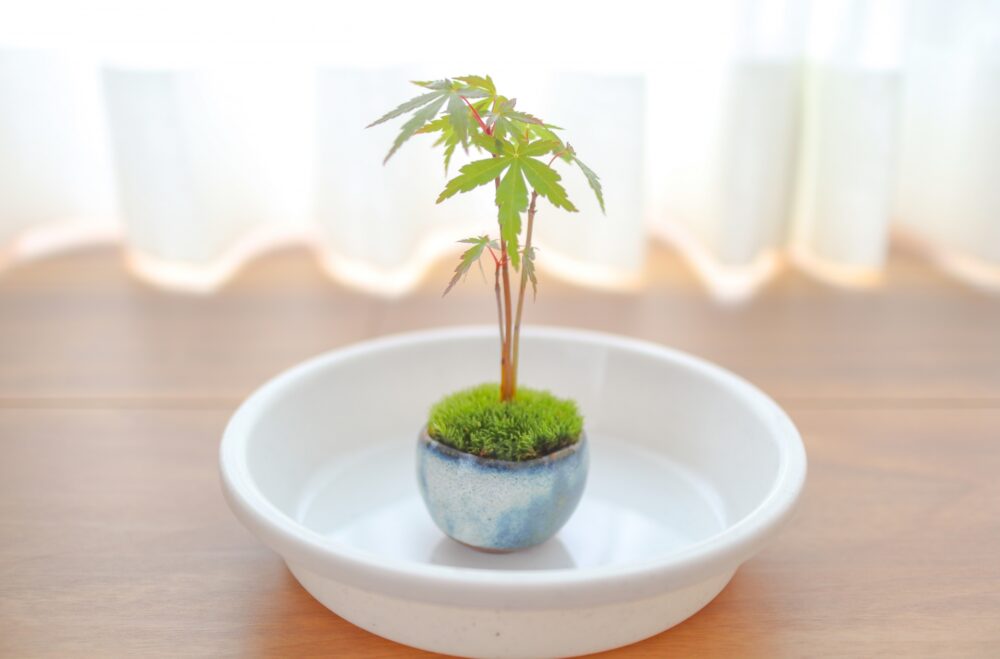
Bonsai requires careful attention to maintain its beauty:
- Pruning – Trimming branches to control shape.
- Watering – Providing the right amount of water daily.
- Repotting – Changing soil and trimming roots to keep the tree healthy.
Famous Bonsai Master: Kunio Kobayashi
Kunio Kobayashi is one of Japan’s most respected bonsai artists. He is the founder of Shunkaen Bonsai Museum in Tokyo and has won many international bonsai awards. His bonsai trees are known for their perfect balance of nature and art.
Where to Experience Bonsai in Japan
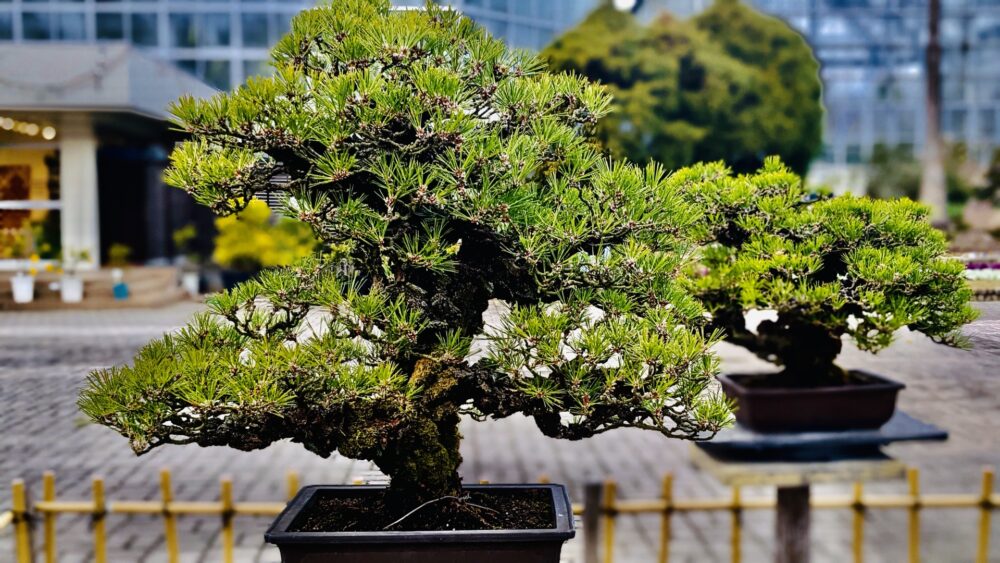
If you want to see or try bonsai in Japan, here are some great places:
- Shunkaen Bonsai Museum (Tokyo) – A museum founded by a famous bonsai master.
- Omiya Bonsai Village (Saitama) – The heart of bonsai culture in Japan.
- Kyoto Gardens – Many historical gardens have traditional bonsai displays.
Some workshops also offer visitors the chance to learn and create their own bonsai, making it a great cultural experience.
The Most Expensive Bonsai in the World
Bonsai trees can be very valuable. The most expensive bonsai was sold for 130 million yen (about $1.3 million) at an international bonsai competition in Takamatsu, Japan. This ancient pine tree was hundreds of years old and considered a true masterpiece.
Why Bonsai is Special
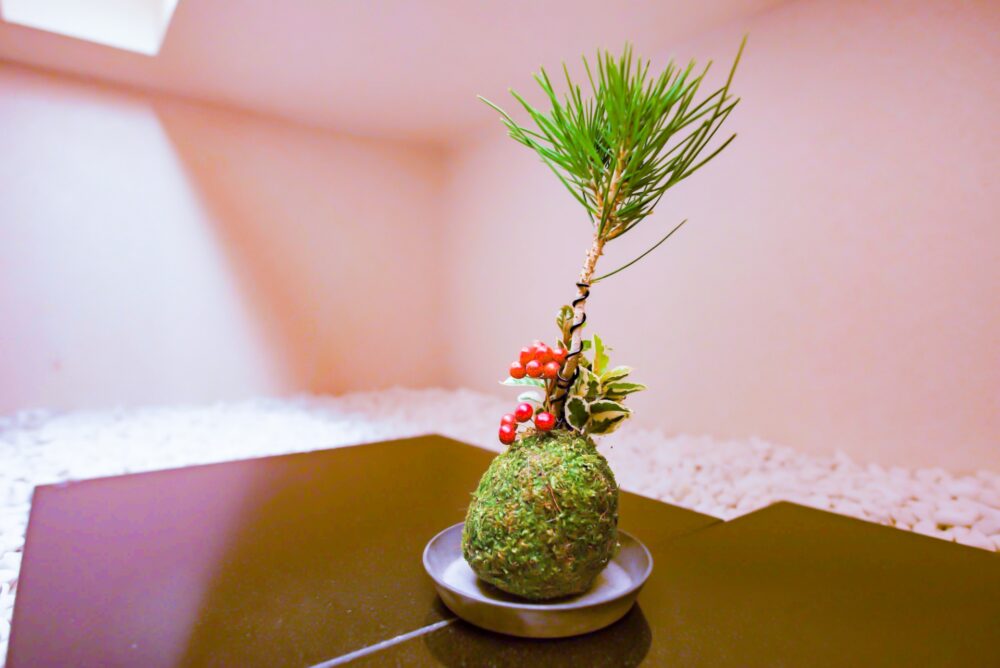
Bonsai is not just a hobby—it is a way to appreciate nature.
- It reflects the beauty of the seasons.
- It helps people relax and focus.
- It becomes more valuable over time.
Recently, mini bonsai and moss ball (Kokedama) bonsai (苔玉)have become popular. Even beginners can enjoy growing their own bonsai at home.
Bonsai is Becoming Popular with Young People
In the past, people thought that bonsai was only a hobby for older men.
However, today, more young people and women are becoming interested in bonsai.
Social media has helped make bonsai more popular. Many people enjoy sharing pictures of their bonsai trees on Instagram and YouTube. Some even create mini bonsai that fit inside small apartments.
Bonsai is also growing in popularity outside Japan. In many countries, people now practice bonsai and join bonsai clubs. Some call this trend “Bonsai Girls”, referring to young women who enjoy growing and styling bonsai trees.
With more people discovering bonsai, this traditional Japanese art is continuing to evolve and reach new generations.
Bringing Bonsai Home: Is It Possible?
Many travelers see bonsai in Japan and want to take one home as a souvenir. However, bringing bonsai abroad is not easy. Bonsai trees are subject to plant quarantine regulations, and many countries have strict import rules to prevent the spread of pests and diseases.
For this reason, it is often easier to buy bonsai from local bonsai shops or online stores that offer international shipping rather than bringing one home from Japan. You may find bonsai sellers by searching in your own language.

